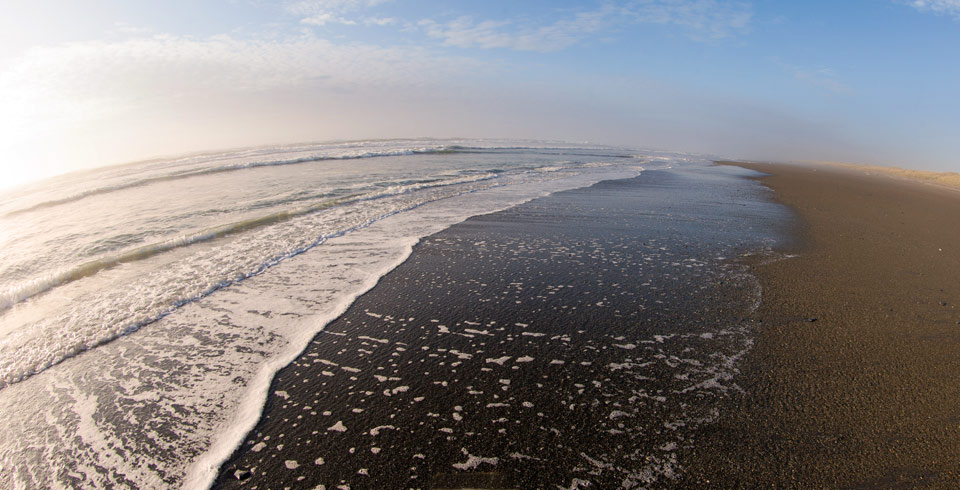
Why is Lake Earl Important?
Learn About the New Effort to Complete the Lake Earl Wildlife Area.
The Lake Earl Wildlife Area has been identified as one of California’s nineteen most productive wetlands. Located approximately seven miles north of Crescent City, in Del Norte County, the Lake Earl Wildlife Area lies in the Smith River plain. These sensitive habitat and recreational lands are protected through the Department of Fish and Game’s Lake Earl Wildlife Area, and the California Department of Parks and Recreation’s Tolowa Dunes State Park.
The 5,500-acre Lake Earl wetland complex provides habitat for at least fifteen federally and state listed species, including bald eagle, peregrine falcon, brown pelican, western snowy plover, marbled murrelet, sand dune phacelia, Oregon silverspot butterfly, seaside hoary elfin and greenish blue butterflies, tidewater goby, green sturgeon, coho salmon, steelhead and coastal cutthroat trout. The California Species of Special Concern list includes forty bird species found at Lake Earl. In addition to the listed species, over 300 bird species have been recorded at Lake Earl, twenty-one species of fish, and at least fifty species of mammals. During seasonal migrations the wetland complex hosts as many as 100,000 birds.
Lake Earl has been a State acquisition priority since 1975 when it was first identified by the Department of Fish and Game, and beginning in 1977, a series of State acquisitions were completed to preserve and protect sensitive habitat land. However, the complexity of negotiating with over 1,000 individual lot owners in the undeveloped Pacific Shores subdivision and continuing controversy over development proposals, the Pacific Shores lots remained largely in private ownership.
The controversy over the Pacific Shores subdivision has existed for over five decades, but there is a window of opportunity to provide willing lot owners the means to sell their land for public purpose. Funding is currently available for land purchase of this habitat type; County supervisors support the program; past litigation has been settled; and SRA is enthusiastic about taking on the task of developing the acquisition program.
The new project will be the critical final step in resolving the issues of siting the Pacific Shores subdivision among a coastal mosaic of salt and freshwater marches, ponds, sloughs and coastal dunes in 1963.
